
I have previously covered this type of trousers on the site a few times, so please use the search function to locate further posts about them. This particular set are presumably from the earlier days of AOR pattern being issued in any noteworthy quantity within US SOCOM. To my knowledge, this pair represents the earliest variant that was widely issued, as the elastic is flat in colour rather than being pattern matched as is more common with the Patagonia L9 pants.
As far as my own collection is concerned, my AOR2 variant of the same design has the pattern matched stretch, so I have both variants nicely covered there (which is, of course, vital).

Above is a view inside of pants looking down in to the waist area, where an unusual modification seems to have been carried out after the fact.
For context/orientation the label here is attached at the back of the waistband, so to the left of this picture is the right leg of the pant and in the right of the picture is (naturally) the left leg. The brown fabric shown here is quite similar to the current UK issue PCS T-Shirts in feel and appearance. It is lightweight and fairly smooth, probably a 100% polyester wicking type material if I were to hazard a guess. Why on earth has this been done you ask? Read on.

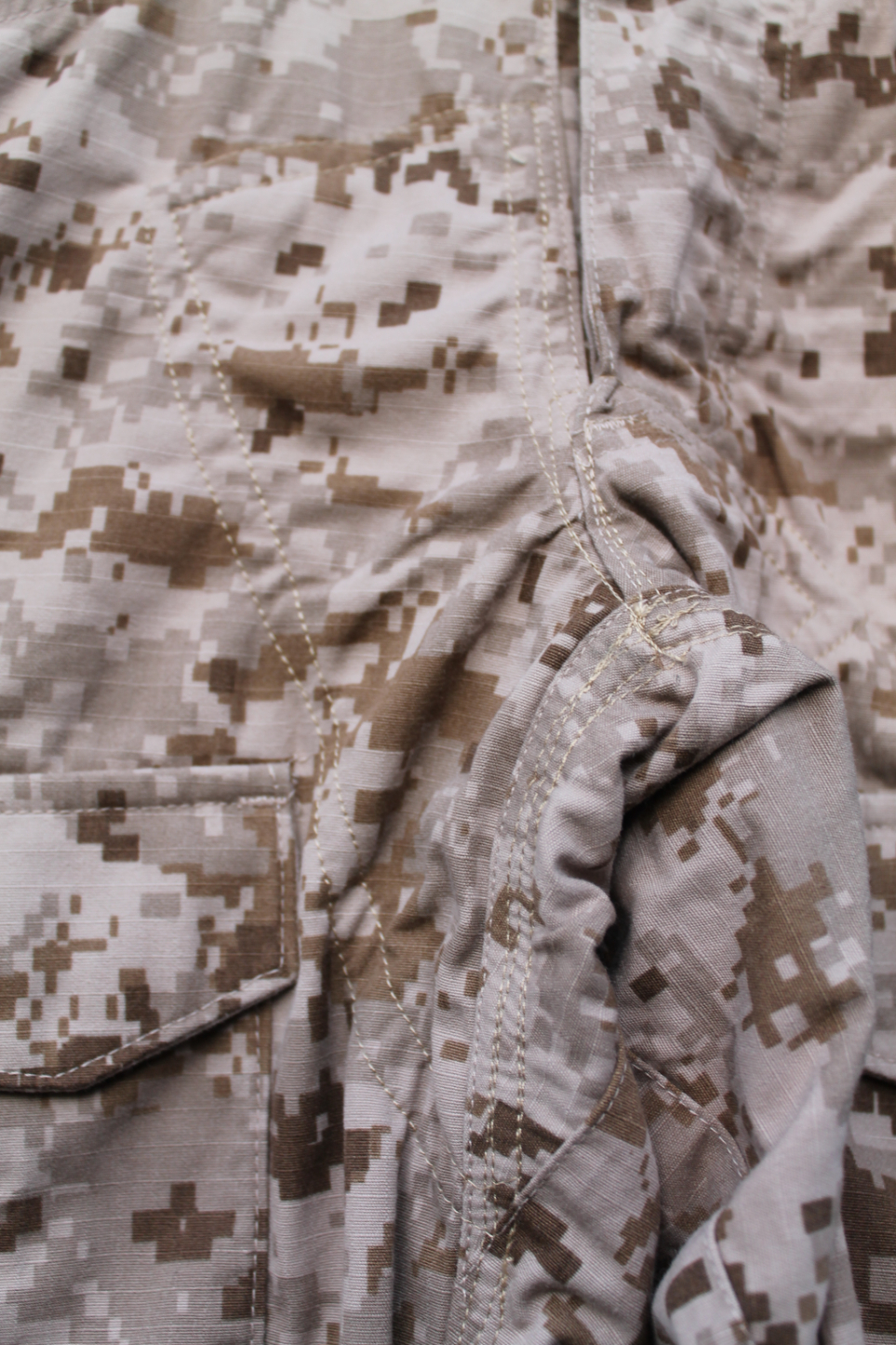
In the upper image above the 2 parallel lines of stitching forming an archway-like shape are what is holding in the extra internal fabric, though from any distance they can be easily mistaken for the standard stitching that make up the factory garment from Patagonia. In the lower image, the added stitching is visible running through and around the original garment stitching. The additional thread is more yellow/straw in colour, whereas the original thread is a more muted and lighter tan colour, almost an off-white shade.
While the sewing work is not absolutely perfect by any stretch, it is also not the worst effort either. I am hesitant to jump to the cliché eBay listing phrasing of ‘Operator modified!’, but I would fairly strongly doubt that this alteration was done by a civilian collector after the garment had worked its’ way outside of the military. The vast majority of people who buy items in AOR patterns are concerned with preserving factory condition and originality, though there is of course always a chance that someone could undertake a mod like this in order to associate the item with a particular unit and charge a higher price. Given what I paid however (not a bad price at all), I don’t think that this is the case.
Given that SOF personnel themselves don’t usually sit down at a sewing machine, my occam’s razor guess with regards this alteration is that someone either on base or in a local tailoring type business was requested to carry out the work by a service person. Since these trousers appear unworn (or very close to it), the mod was presumably done right out of the packet, with the design of the alteration being based on the owners’ past experiences, or perhaps their colleagues’ experiences. But again to reiterate, this is all pure conjecture.
Why carry out an alteration like this at all? I can think of 2 possibilities given the garment in question:
- To alleviate rubbing and chaffing between the upper inner thighs.
- In preparation for the inevitable result of a common design flaw of these pants.
If this item of apparel was the property of someone who was intending to do a lot of diving and over-the-beach work then reason 1 might have come in to play. Any man strong enough to carry out the sort of work they would need to in order to be issued AOR1 probably doesn’t have a thigh gap, maybe quite the opposite.
Reason 2 comes down to the rather common crotch seam failures of men’s camo pants in military service. The very first item of AOR I ever bought was actually another pair of these Crye-compatible patagonias and they had been repaired right in the crotch, at the very top apex seam of where the 2 legs meet in the centre. I would imagine that reason 1 is more likely given the effort put in to this modification, but if the person in question has blown out the groin seam in their pants enough times then they might be just sick of it enough to have gone to such lengths.
Personally I did not actually know that these pants were altered when I purchased them, I just saw the size and condition and didn’t examine the listing particularly closely before buying. It actually took me a little while to notice the mod after taking ownership myself.
The trousers as they are are a nice thing to own for those interested in the upper end of apparel that has ever been issued to a military, but the modification is a nice little cherry on top that adds some interest yet basically doesn’t alter the outer appearance or the actual construction of the original garment in any way.
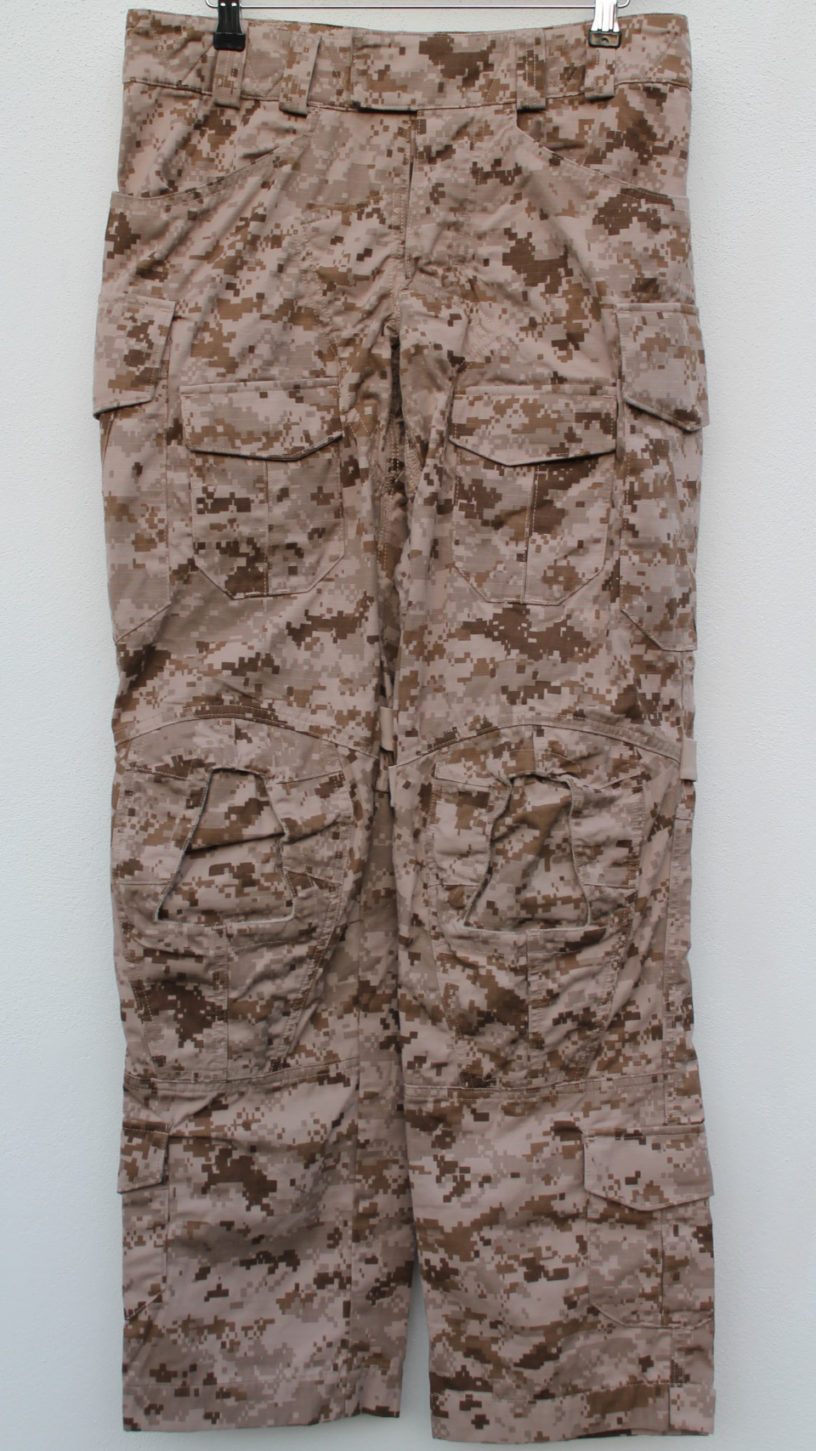
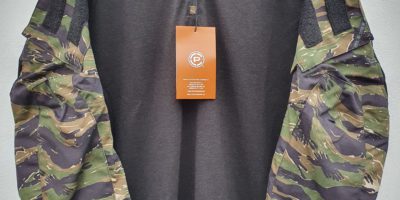
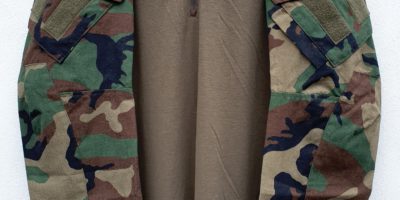
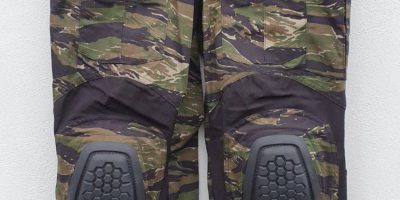
Leave a Reply